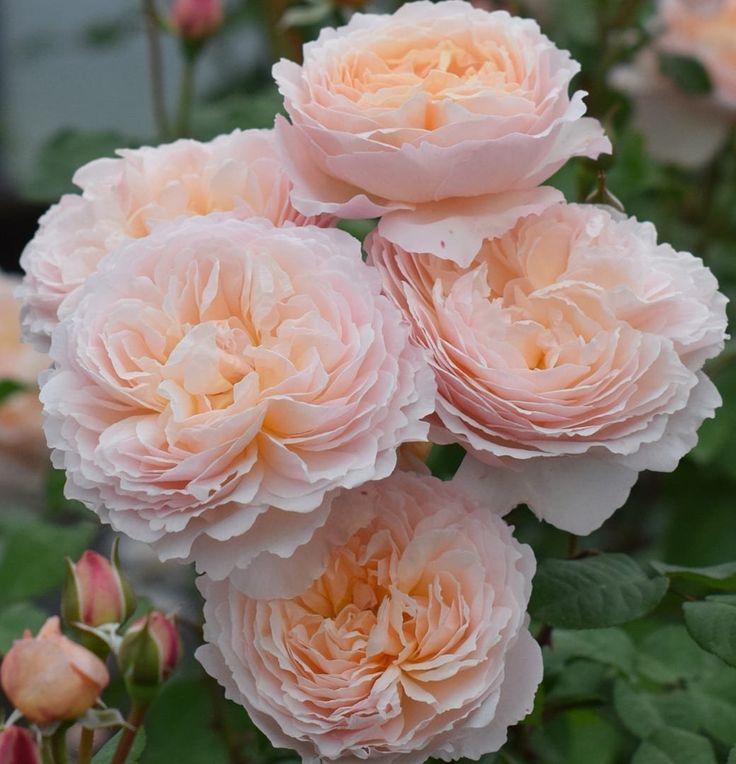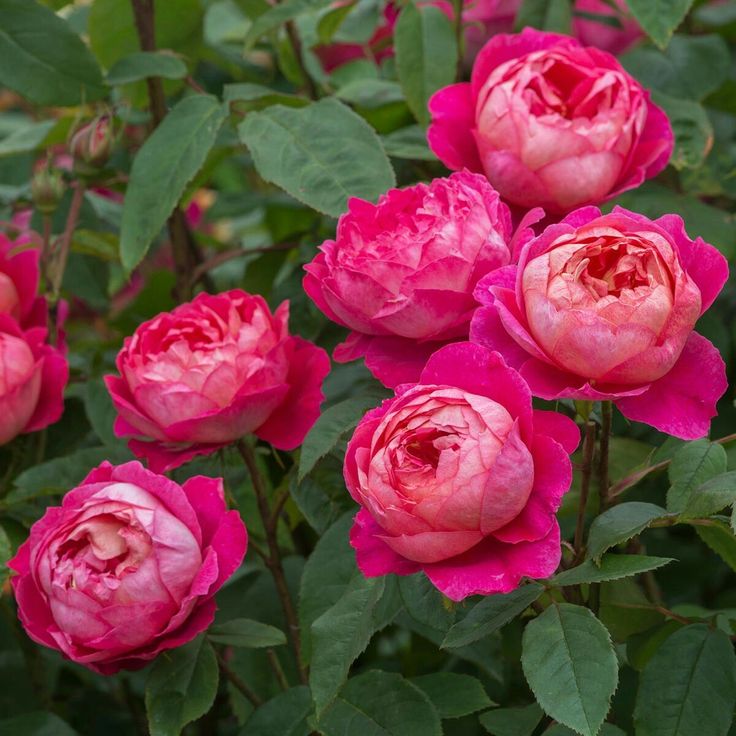In the intricate tapestry of the garden, every plant plays a unique role, but when strategically paired together, certain plants can enhance each other’s growth, health, and productivity—a concept known as companion planting. By harnessing the power of plant partnerships, gardeners can create thriving ecosystems where plants support and complement one another, naturally deterring pests, improving soil fertility, and maximizing yields. In this comprehensive guide, we’ll delve into the art of companion planting, exploring the principles, benefits, and best practices for cultivating harmonious relationships among plants to promote optimal growth and vitality in your garden.








Understanding Companion Planting
Companion planting is based on the principles of mutual benefit and synergy among plants:
- Complementary Traits: Companion plants possess complementary traits that enhance each other’s growth, such as nutrient uptake, pest resistance, and habitat provision.
- Pest Management: Certain plant combinations repel pests or attract beneficial insects, creating a natural balance and reducing the need for chemical pesticides.
- Soil Health: Some plants have the ability to improve soil structure, fertility, and microbial activity through nitrogen fixation, nutrient cycling, and root exudation, benefiting neighboring plants.
- Space Optimization: Companion planting allows gardeners to maximize space and resources by intercropping compatible plants, utilizing vertical space, and creating diverse planting arrangements that optimize sunlight, water, and nutrients.
Essential Companion Planting Strategies
To implement companion planting successfully in your garden, consider the following strategies:
- Plant Diversity: Incorporate a diverse mix of companion plants with varying growth habits, root depths, and nutritional needs to create a balanced and resilient garden ecosystem.
- Companion Plant Charts: Consult companion planting charts or guides to identify compatible and incompatible plant combinations based on scientific research, traditional wisdom, and practical experience.
- Succession Planting: Plan your garden layout to include successive plantings of compatible crops throughout the growing season, ensuring continuous harvests and minimizing gaps in plant coverage.
- Crop Rotation: Rotate crops annually to prevent soil depletion, disease buildup, and pest infestations, and to maintain soil fertility and structure over time. Follow a crop rotation schedule that alternates plant families and incorporates nitrogen-fixing legumes and soil-building cover crops.
- Beneficial Insects: Attract and support beneficial insects such as pollinators, predators, and parasitoids by planting companion flowers, herbs, and trap crops that provide food, shelter, and habitat.
Popular Companion Plant Combinations
Explore these popular companion plant combinations for improved plant growth and pest management:
- Tomatoes and Basil: Planting basil alongside tomatoes can enhance tomato flavor, repel pests such as aphids and tomato hornworms, and attract beneficial insects such as bees and parasitic wasps.
- Corn, Beans, and Squash (Three Sisters): The Three Sisters planting method involves intercropping corn, beans, and squash together, creating a symbiotic relationship where corn provides support for beans, beans fix nitrogen for corn and squash, and squash suppresses weeds and conserves soil moisture.
- Carrots and Onions: Interplanting carrots and onions can deter carrot flies and onion flies through their strong aromas and confuse pests with their contrasting root depths and foliage colors.
- Lettuce and Radishes: Planting radishes alongside lettuce can repel aphids and flea beetles while acting as sacrificial trap crops, diverting pests away from lettuce leaves.
Implementing Companion Planting in Your Garden
Follow these steps to implement companion planting in your garden successfully:
- Research and Planning: Research companion plant combinations suitable for your climate, soil, and growing conditions, and plan your garden layout accordingly.
- Companion Planting Beds: Designate companion planting beds or areas in your garden where you can experiment with different plant combinations and observe their interactions over time.
- Observation and Adaptation: Monitor your companion plantings regularly for signs of pest damage, nutrient deficiencies, or other issues, and adjust your planting strategies as needed based on observations and feedback from your garden.
Conclusion
Companion planting offers a holistic and sustainable approach to gardening, where plants work together in harmony to promote optimal growth, health, and productivity. By harnessing the power of plant partnerships and embracing diversity in the garden, gardeners can create thriving ecosystems that are resilient, productive, and environmentally friendly. Whether you’re a novice gardener or a seasoned enthusiast, exploring the world of companion planting opens up a world of possibilities for cultivating healthy, vibrant gardens that nourish the body, mind, and soul.
FAQs (Frequently Asked Questions)
- What are some examples of companion plants for pest control?
- Some examples of companion plants for pest control include marigolds (repel nematodes and whiteflies), nasturtiums (deter aphids and squash bugs), garlic (repel aphids and spider mites), and chrysanthemums (repel ants, roaches, and ticks). These plants emit natural compounds or odors that deter pests or attract beneficial insects, contributing to integrated pest management (IPM) in the garden.
- Can companion planting improve soil fertility?
- Yes, certain companion plants have the ability to improve soil fertility through nitrogen fixation, nutrient cycling, and organic matter decomposition. Legumes such as peas, beans, and clover are known for their nitrogen-fixing abilities, while dynamic accumulators like comfrey and yarrow accumulate nutrients from deep soil layers and make them available to neighboring plants. Additionally, cover crops such as winter rye and hairy vetch protect soil from erosion, suppress weeds, and add organic matter when incorporated into the soil.